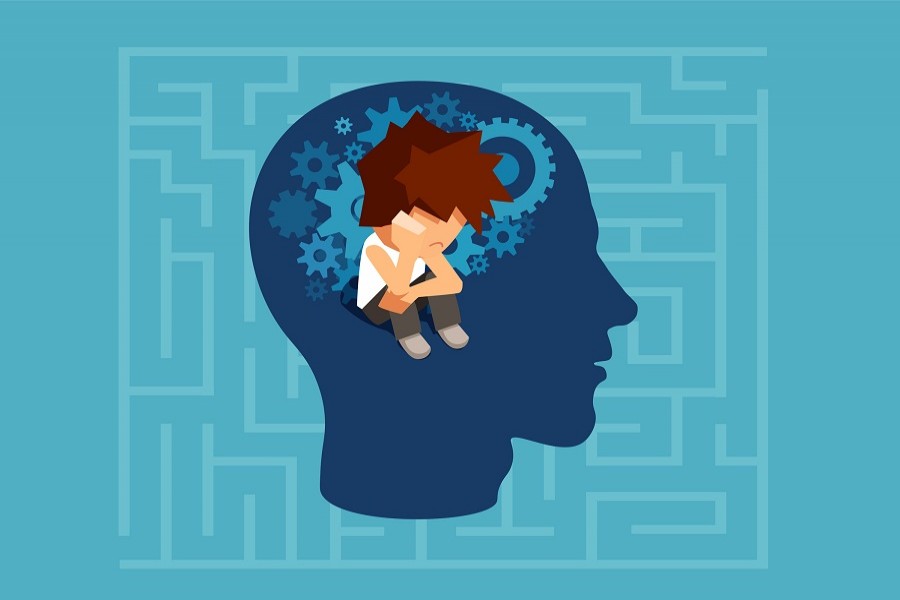One of the commonest neurodevelopmental disorders in kids is Attention-deficit/hyperactivity disorder (ADHD). This may persist in adult life too. It has been estimated that about 8.4 per cent of children worldwide have this condition.
Though it is often diagnosed in boys, it does not indicate a male preponderance. Usually, boys present more with hyperactivity and similar symptoms while girls present with inactivity, hence more difficult to diagnose.
Researchers are still trying to figure out why this happens. One thing which has been definitively shown is that genetic factors are important. Several other potential risk factors are proposed, including environmental risks, like getting pregnant at a young age, smoking or drinking alcohol while pregnant, etc. Head injury, premature birth, and low birth weight - have all been considered risks.
There is a common perception that watching television too much, having a lot of sugar, and having a broken or troubled family are reasons behind ADHD. The current research does not support this. These factors can indeed exacerbate the symptoms, but they may not be a causative agent by themselves.
How exactly do the ADHA patients behave? There is a pattern of symptoms, for example:
- Inattention - characterised by lack of focus, inability to stay on one task, disorganisation, poor comprehension, etc.
- Hyperactivity - characterised by constant moving, even when it is inappropriate. The child may become excessively fidgety, constantly tap or find it difficult to stop talking.
- Impulsiveness - when someone acts with little or no self-control. They frequently interrupt others and jump into things without thinking.
ADHD patients may experience inattention, particularly girls. Others usually have a combination of hyperactivity and impulsivity. But the question is how the parents can identify this.
Because being constantly on the go, forgetfulness, and getting easily distracted are all common things we associate with children. So we often see inattention, impulsiveness, and overactivity as part of growing up and not being unexpected from a child. So, where should the parents draw a line?
One thing that is always a red flag is that ADHD patients are more at the extreme end of the behaviour compared to most other kids. Often the child faces significant trouble in school to learn or make friends.
Their hyperactivity or even inactivity seems more extreme than others. The parents can talk to the teacher or any other caregiver who frequently interacts with the kid and determine if they are concerned about the child’s behaviour. While it doesn’t automatically mean they have the condition, it may suggest a consultation with the paediatrician.
Diagnosis is made by the paediatrician. It takes into account several factors, including age. ADHD has been diagnosed as early as four years, and for a proper diagnosis, symptoms need to be present before 12 years.
The good thing is that ADHD can be managed, it is definitely hard for the kid and the family, but there are options to help them.
Paediatricians can work with the family members to formulate a treatment plan. In Bangladesh, every medical college hospital has a ‘Shishu Bikash Kendro’ (child development centre) where paediatricians can help diagnose ADHD.
Along with treatment, teaching the child a healthy lifestyle is also critical. This can reduce the symptom severity and may make it easier on the families. This may include healthy eating, e.g. balanced diet of fruits, vegetables and lean proteins. Doing regular physical activity appropriate for age, getting enough sleep with a regular schedule, and limiting screen time on any electronic devices are all helpful.
ADHD is not the end of the world. There are ways to manage it. So if the kid has it, we should not be panicked and talk to the experts to get help.


